Take a deep dive into the food traditions of Akita Prefecture in northern Japan, where locals have turned a simple daikon radish into a delicious and unforgettable pickle called Iburigakko (いぶりがっこ). This smoked pickle has been part of life in Akita for hundreds of years, and people still enjoy its bold flavor and satisfying crunch today.
In this article, we’ll look at how Iburigakko came to be, how people make it, and why it holds such an important place in Akita’s culture.
What Exactly Is Iburigakko?
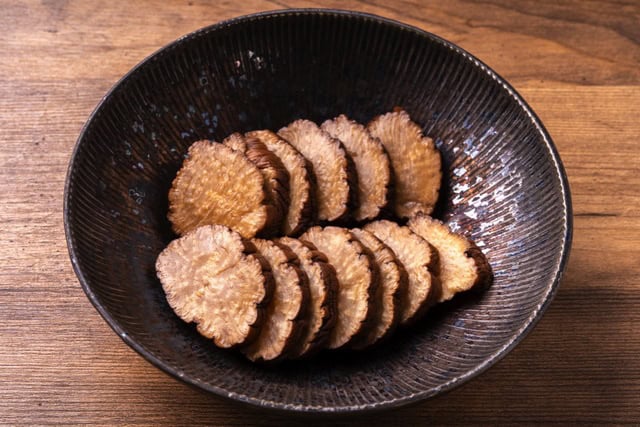
Iburigakko is a smoked and pickled daikon radish that comes from Akita Prefecture. The word comes from two parts: “iburi,” which means “smoked,” and “gakko,” which is a local dialect word for “pickle.” What makes Iburigakko different from regular pickled daikon is the way it’s made. Before the pickling starts, people smoke the radish, giving it a deep, rich aroma and flavor.
Farmers usually use a special kind of daikon grown in Akita, known for its firm texture and slightly spicy bite. These qualities help the radish hold up well during the long drying, smoking, and pickling process.
How Did Iburigakko Start?

Born From Harsh Winters
The tradition of making Iburigakko started as a solution to a serious problem. Winters in southern Akita are long, snowy, and dark. Farmers had trouble drying daikon outside, which was the usual way to prepare them for pickling. To fix this, they started hanging daikon over their irori, or indoor hearths.
These hearths burned wood for cooking and warmth, and the smoke naturally dried the daikon while giving it a smoky flavor. Once dried, they would pickle the smoked daikon in rice bran and salt. This method helped people store food for the winter, and the pickle became a staple in local homes. The result was a flavorful preserved food that kept people going through the cold months.
Keeping the Tradition Alive
As heating methods changed and homes no longer used irori hearths, families began making Iburigakko less often. But during the 1960s, small businesses stepped in to keep the tradition going. They started producing Iburigakko commercially, using smoking huts to recreate the old methods.
Thanks to these efforts, more people around Japan got the chance to try this one-of-a-kind pickle. In 2019, Japan’s government gave Iburigakko a Geographical Indication (GI) label. This label protects the name and ensures that only Iburigakko made in Akita, using traditional methods, can carry the name.
Why Should You Try It?
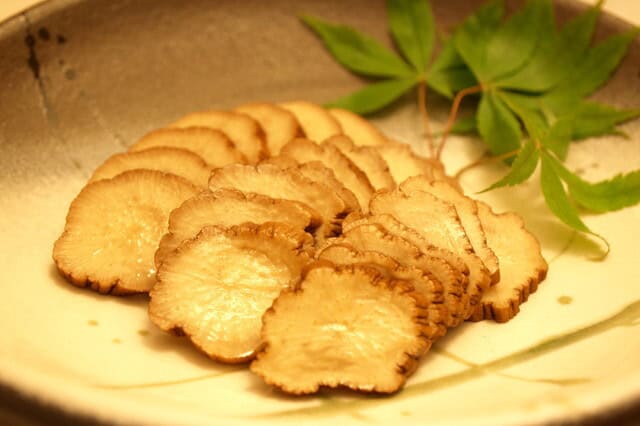
Iburigakko isn’t just a pickle—it’s a story of how people made the most of what they had. It started as a way to survive tough winters, and it turned into a beloved food that locals proudly share with the rest of Japan. Its rich, smoky taste and slightly sweet edge make it a great match for a bowl of rice, a sip of sake, or even cheese.
If you enjoy bold and fermented flavors, Iburigakko might become your new favorite. And while you’re at it, try other pickled delights like Takuan (yellow pickled daikon), Tsukemono (various Japanese pickles), or even spicy Kimchifrom Korea.
Where you can try it?
Ko-shitsu Nihonshu Sakaba Hare Shinjuku
This stylish izakaya in Shinjuku is great for private gatherings and sake lovers. The restaurant offers cozy private rooms, an extensive sake selection, and a relaxing atmosphere for both groups and solo diners. Perfect for enjoying authentic Japanese small plates such as iburigakko alongside your drinks.
Fujiki Shoten Shinjuku Main Branch
Located in central Shinjuku, this izakaya is popular among locals for its variety of Japanese small dishes and cozy setting. Guests come here to enjoy tsukemono like iburigakko, sashimi, and a lively, welcoming atmosphere. Reservations are recommended for dinner, especially on weekends.
Kunsei Sugiya Shōten
This izakaya in downtown Namba specializes in smoked food, offering dishes like smoked meats and vegetables, including iburigakko. The trendy interior and relaxed, smoke-free atmosphere make it a favorite for foodies and groups seeking something different. Reservations are recommended in the evenings.
Akita Kucho Hokushu
This popular Akita izakaya serves authentic local dishes and sake from Akita prefecture. Guests enjoy the homely, warm atmosphere, and the opportunity to taste iburigakko and other Akita specialties. The restaurant also provides informative staff recommendations for pairing sake and food.
FAQ
- What is Iburigakko?
It is a traditional pickle from Akita Prefecture, made by smoking daikon radish and then pickling it in rice bran.
- What does it taste like?
It has a distinctive deep flavor, combining the smoky aroma with the savory richness of rice-bran pickling.
- How is it usually eaten?
It is typically sliced thin and enjoyed as a side dish with rice or as a snack with drinks. Pairing it with cheese and wine is also popular.
- How should it be stored?
Unopened packs can be stored in a cool, dark place. After opening, keep refrigerated and consume quickly.
- What is the shelf life?
Vacuum-packed products last from several weeks to a few months. Once opened, they should be eaten within a few days.
- Can I order it online?
Yes, many specialty shops in Akita and online stores offer nationwide delivery in Japan.
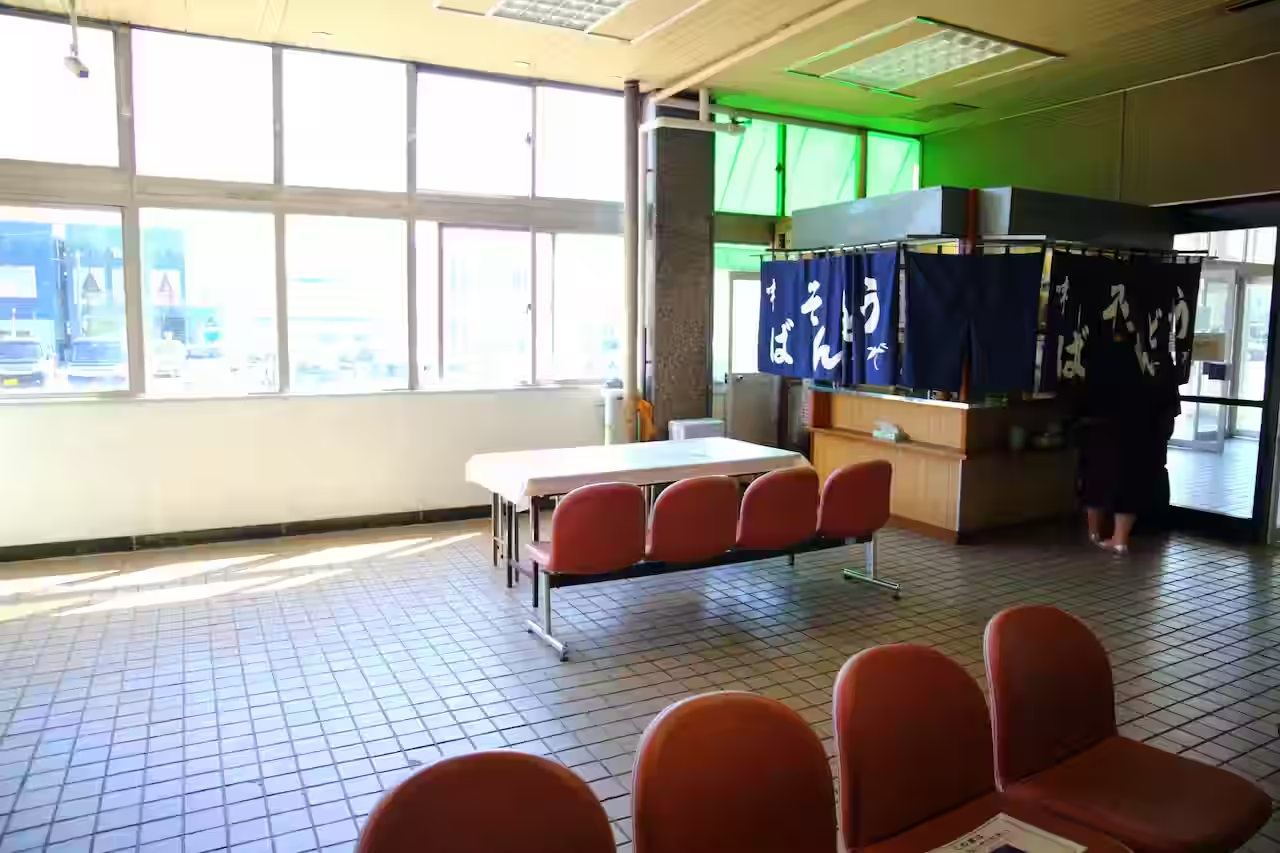
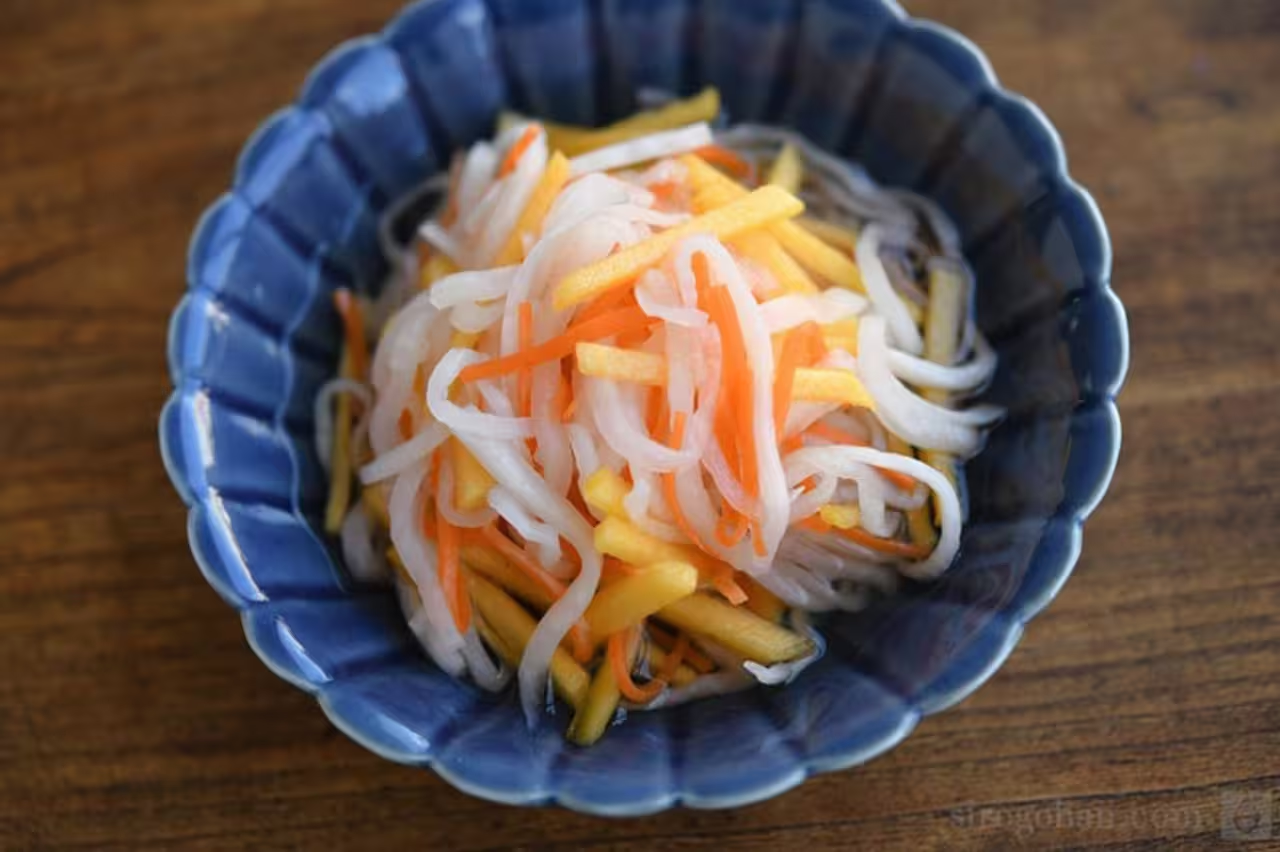
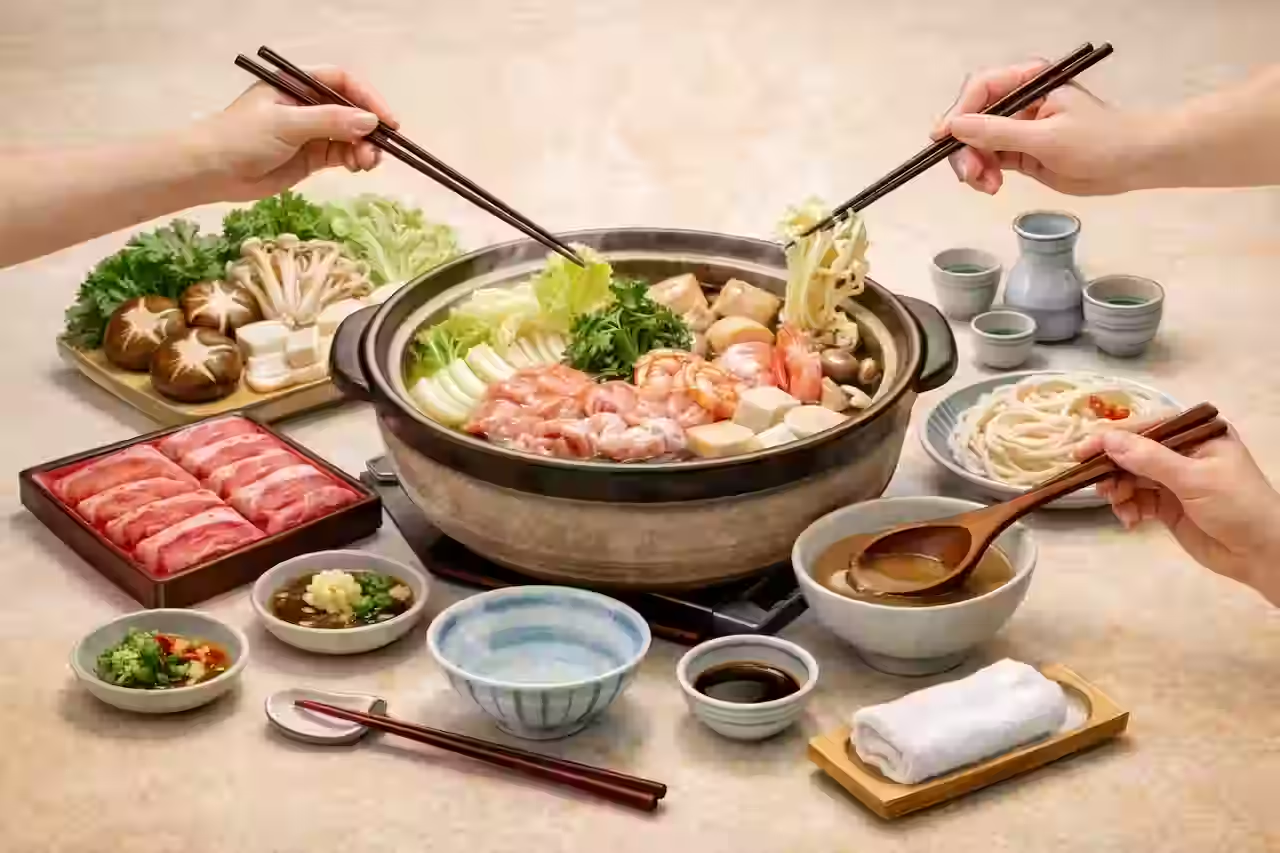

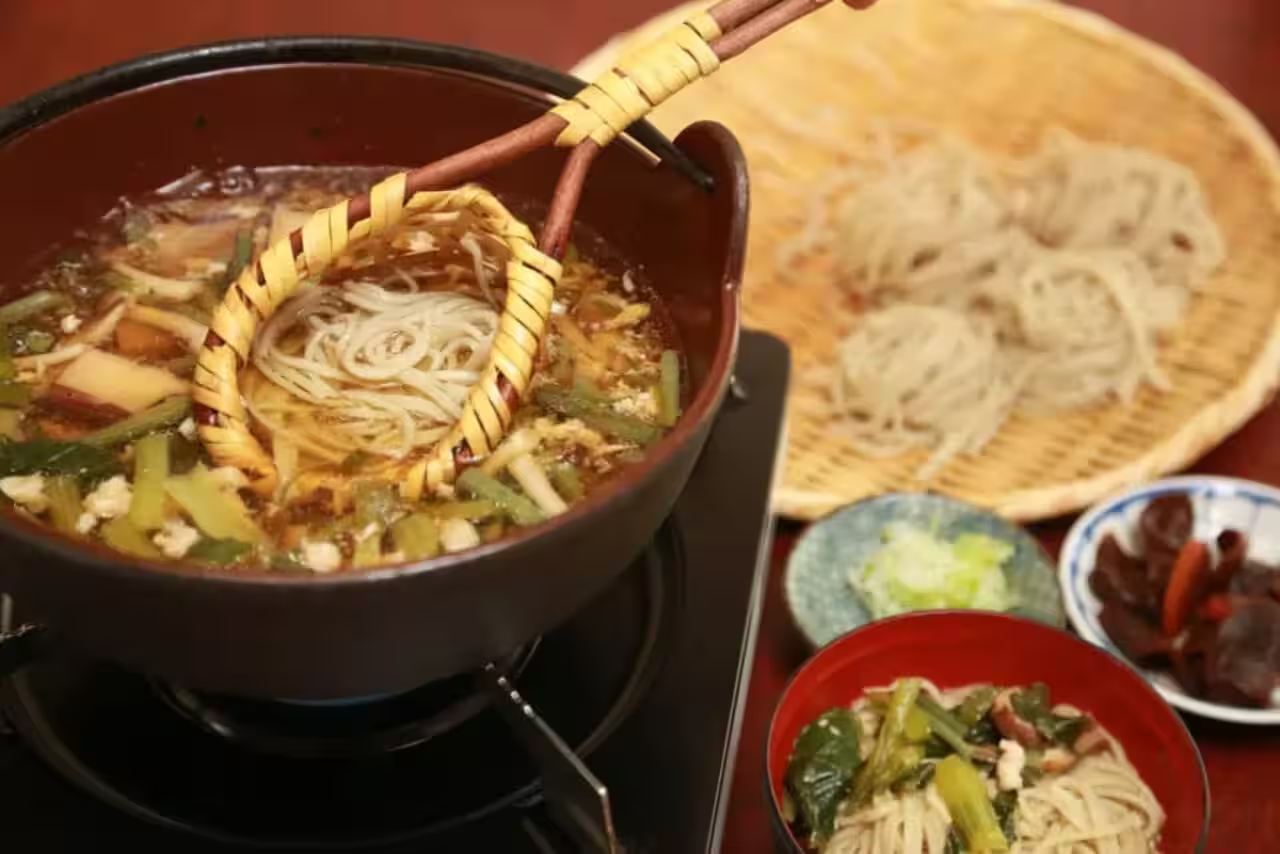

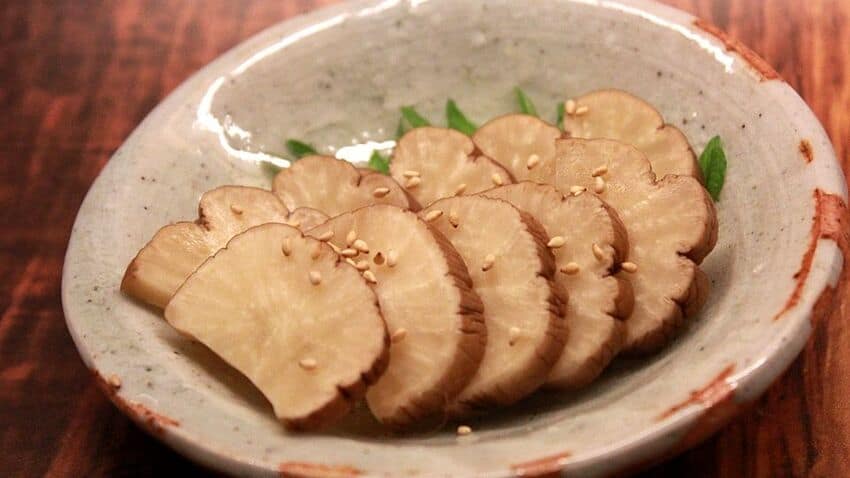
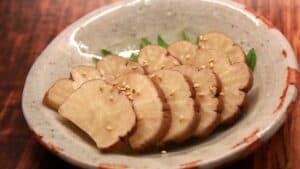
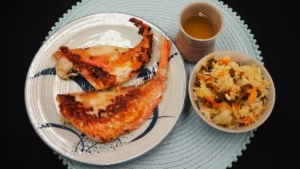
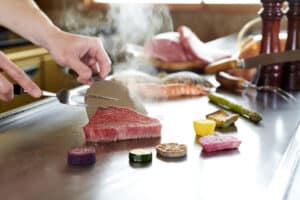

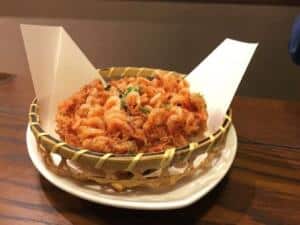
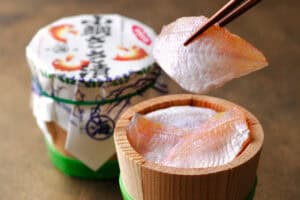

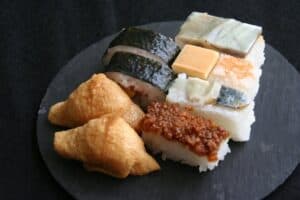
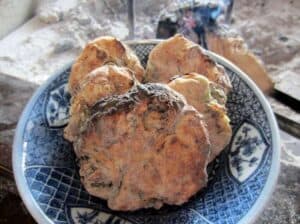
Comments